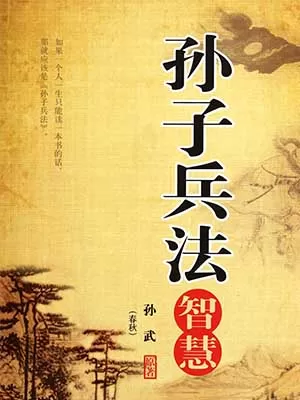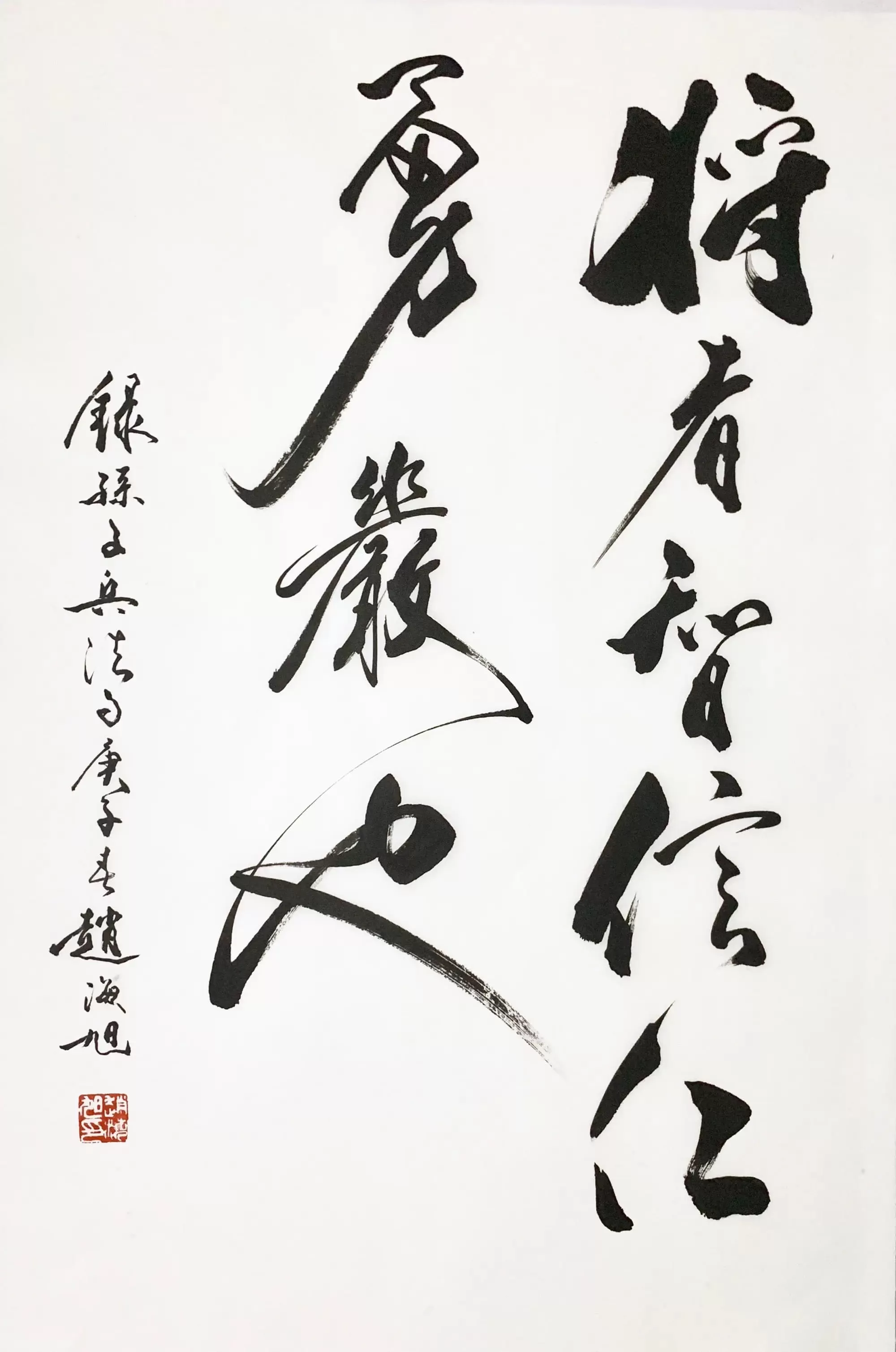
The Art of War, also known as Sun Wu’s Art of War or Sunzi’s Military Strategy, stands as one of ancient China’s seminal military treatises. Authored by Sun Wu, a native of the Qi state during the Spring and Autumn Period, it is the earliest surviving work on military strategy in China and the world, revered as the “sacred text of military science” and placed first among the Seven Military Classics.
Composed over 2,500 years ago, The Art of War spans approximately 6,000 words across thirteen chapters:
Laying Plans
Waging War
Attack by Stratagem
Disposition of the Army
Strategic Military Power
Weakness and Strength
Maneuvering the Army
Variations in Tactics
Movement of Troops
Terrain
The Nine Battlegrounds
Attack by Fire
Use of Spies
Sun Wu presented these thirteen chapters to King Helü of Wu after fleeing to the state during Prince Guang’s coup. Recommended by the statesman Wu Zixu, Sun Wu’s strategic genius earned him royal patronage. The Art of War synthesizes and advances earlier military theories, prioritizing political stability as the decisive factor in warfare. It systematically outlines principles for pre-war preparation, tactical deployment, intelligence analysis, and adaptive strategy, reflecting a pragmatic and dialectical materialist worldview.
A cornerstone of China’s military heritage and traditional culture, the text is celebrated for its profound insights, rigorous logic, and holistic philosophy. For over two millennia, it has remained an indispensable guide to military theory and statecraft, its lessons on leadership, psychological warfare, and strategic flexibility retaining timeless relevance in both military and modern organizational contexts.
Authored by Sun Wu (styled Changqing), a military strategist of the late Spring and Autumn Period, The Art of War—also known as Sunzi’s Military Strategy or Sun Wu’s Art of War—is hailed as the “sacred canon of military science” and the “preeminent ancient treatise on warfare.” Exiled from his native Qi to Wu, Sun Wu rose to prominence by advising King Helü in statecraft and military reform, earning the title “Sage of Warfare.”
Structured into thirteen meticulously organized chapters, each prefaced with “Sunzi states,” the text systematically explores strategic principles through concise, rhythmic prose. Its teachings on troop mobilization—“Swift as the wind, steady as the forest, raiding like fire, immovable as mountains, elusive as darkness, striking like thunder” (Maneuvering the Army)—exemplify its vivid analogies and tactical clarity. Liu Xie praised its “jade-like diction” (The Literary Mind and the Carving of Dragons: On Practicality), underscoring Sun Wu’s mastery in weaving strategic rigor into literary elegance.
Central to the text is its foundational axiom: “Warfare is the gravest affair of the state, the terrain of life and death, the path to survival or ruin; it demands rigorous scrutiny.” The Art of War synthesizes earlier military theories, elevating political stability as the decisive factor in conflict. It details pre-war preparation, tactical adaptability, intelligence analysis, and battlefield psychology, grounded in a pragmatic dialectical philosophy. For over two millennia, its principles have guided military thinkers and leaders, remaining profoundly relevant in modern strategy.
The earliest extant version, discovered in 1972 at Yinqueshan Han Tomb (Shandong), comprises bamboo slips from the Western Han Dynasty, published in 1975 as The Art of War on Bamboo Slips. Notable editions include:
The Southern Song Eleven Commentators’ Edition of Sunzi (earliest printed version).
The Seven Military Classics edition (Wujing Qishu), reproduced by China Academic Society in 1935.
Cao Cao’s earliest commentary (preserved in the Sun-Wu Sima’s Art of War of the Pingjin Library Series).
Modern annotated editions like Sun Xingyan’s Ten Commentaries on Sunzi, Yang Bing’an’s Collected Annotations, and Wu Jiulong’s Critical Edition.
Predating Clausewitz’s On War by 2,300 years, The Art of War stands as the world’s oldest military treatise. Revered by Emperor Taizong of Tang as “unrivaled among military texts,” its teachings transcend warfare, influencing fields from business to diplomacy. Translated into dozens of languages, it remains a cornerstone of global strategic thought, celebrated for its depth of insight, logical precision, and timeless wisdom—a testament to the enduring brilliance of ancient Chinese philosophy.
The global dissemination of The Art of War is widely believed to have begun in Japan, followed by Korea, owing to their historical cultural exchanges with China. During Japan’s Nara period, repeated diplomatic missions to China facilitated its eastward transmission. Historical records note that in 734 CE, the 22nd year of the Kaiyuan era of the Tang Dynasty, the Japanese scholar Kibi no Makibi returned home after 17 years of study in China. Renowned for his mastery of civil and military arts, he eschewed material riches, instead using imperial gifts to acquire Chinese military texts, including The Art of War, which he later taught to Japanese scholars and generals. According to the ancient chronicle Shoku Nihongi, in 760 CE—26 years after Kibi’s return—the Nara court dispatched six officials, including Kasugabe no Mikase and Hajisukume no Sekishiro, to study The Nine Battlegrounds (Chapter 11 of The Art of War), Zhuge Liang’s Eight Formations, and tactical encampment strategies under Kibi’s guidance. This confirms that Kibi’s collection included the revered “sacred text of military science,” establishing its presence in Japan over 1,200 years ago.
Sun Yat-sen:
“Examining Chinese history, the thirteen chapters of this 2,000-year-old military treatise form the foundation of China’s military philosophy. They emerged not from abstract theory but from accumulated battlefield experience.”
Emperor Taizong of Tang (Li Shimin):
“Among all military texts, none surpasses The Art of War.”
Mao Yuanyi, Ming Dynasty strategist:
“No work surpasses The Art of War in precision and depth of military insight.”
Marshal of the Royal Air Force Sir John Slessor:
“Sunzi’s ideas are astonishingly timeless—alter a few phrases, and his maxims could have been penned yesterday.”
General Tommy Franks, U.S. Army:
“The ghost of Sunzi, China’s ancient strategist, seemed to hover beside every war machine advancing across the Iraqi desert.”
Konosuke Matsushita, founder of Panasonic:
“The Art of War is divine wisdom. To thrive, companies must revere it, memorize it, and apply its principles.”
Richard Nixon, 1999: Victory Without War:
Extensively quotes Sunzi’s teachings on psychological and strategic dominance.
Aiya Senmura, Japanese scholar:
“The Art of War is not a manual for war but a guide to peace—a testament to non-violent resolution.”
Gustavus F. D. Grunfeld (military historian):
“Sunzi stands unparalleled as the world’s foremost military theorist, his genius transcending time and culture.”
These perspectives underscore The Art of War’s universal resonance, bridging ancient strategy and modern governance, conflict and diplomacy, cementing its legacy as a pillar of global intellectual heritage.

Provides The Most Comprehensive English Versions Of Chinese Classical Novels And Classic Books Online Reading.
Copyright © 2025 Chinese-Novels.com All Rights Reserved
